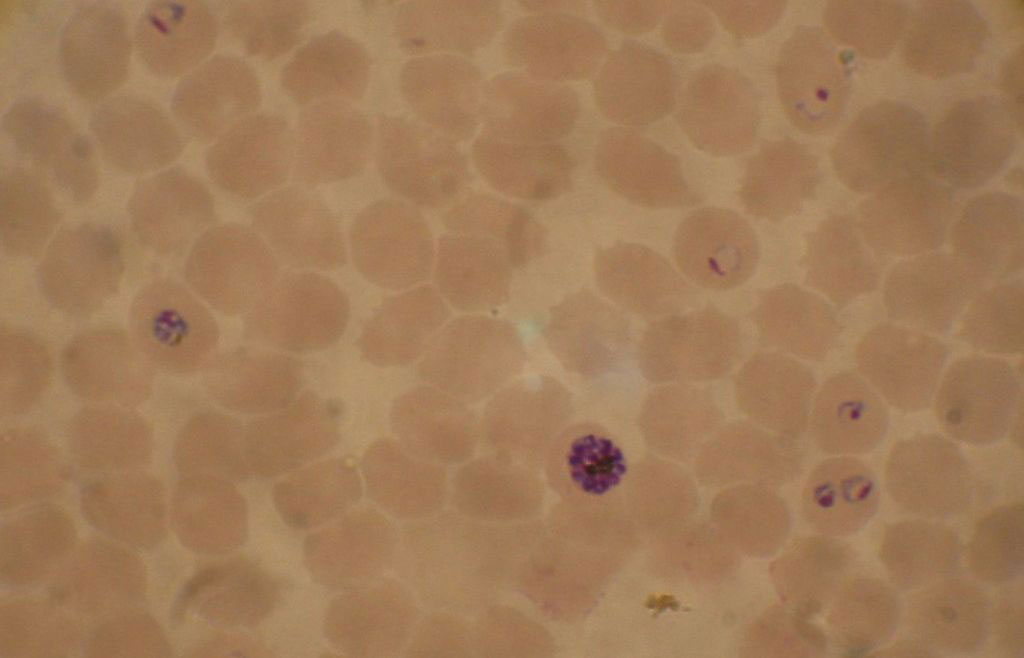Panel of MicroRNAs Differentiates Uncomplicated and Severe Malaria in Children
By LabMedica International staff writers
Posted on 25 Jan 2021
MicroRNAs (miRNAs), which are rapidly released from damaged tissues into the host fluids, constitute a promising biomarker for the prognosis of severe malaria.Posted on 25 Jan 2021
MiRNAs comprise a class of about 20 nucleotides-long RNA fragments that block gene expression by attaching to molecules of messenger RNA in a fashion that prevents them from transmitting the protein synthesizing instructions they had received from the DNA. With their capacity to fine-tune protein expression via sequence-specific interactions, miRNAs help regulate cell maintenance and differentiation. In addition to miRNAs playing an essential role in tumor development, dysregulation of certain miRNAs has been associated with many different diseases, such as dementia and cardiovascular conditions.

Image: Blood smear from a P. falciparum culture: several red blood cells have ring stages inside them while close to the center is a schizont and on the left a trophozoite (Photo courtesy of Wikimedia Commons)
Investigators at the Barcelona Institute for Global Health (Spain) postulated that miRNA levels in plasma would be expressed differentially among children with severe and uncomplicated malaria due to parasite sequestration in vital organs of severely ill children. A characteristic of severe malaria is the sequestration of Plasmodium falciparum infected red blood cells in vital organs such as the lungs, kidneys, or brain. Resulting organ damage triggers the release of miRNAs into body fluids, including the blood.
To prove their hypothesis, the investigators used advanced sequencing techniques to identify miRNAs released by human brain endothelial cells growing in culture when the cultures were exposed to red blood cells infected by P. falciparum. They then applied next-generation sequencing to evaluate the differential expression of these miRNAs in severe malaria (SM) and in uncomplicated malaria (UM) in children living in Mozambique.
Results revealed that six miRNAs were associated with in vitro P. falciparum cytoadhesion, severity in children, and P. falciparum biomass. The six miRNAs were found to be elevated in children with severe malaria. One of the miRNAs was positively related to the amount of a parasite-derived protein HRP2 (histidine rich protein 2). Previous studies had found that the concentration of HRP2 could be used to quantify growth of the parasite in vitro and to define severe malaria in patients.
"We hypothesized that miRNA levels in plasma would be differently expressed in children with severe and uncomplicated malaria, due to parasite sequestration in vital organs," said senior author Dr. Alfredo Mayor, an associate research professor at the Barcelona Institute for Global Health."Our results indicate that the different pathological events in severe and uncomplicated malaria lead to differential expression of miRNAs in plasma. These miRNAs could be used as prognostic biomarkers of disease, but we need larger studies to validate this."
The malaria microRNA study was published in the February 2021 online edition of the journal Emerging Infectious Diseases.
Related Links:
Barcelona Institute for Global Health













